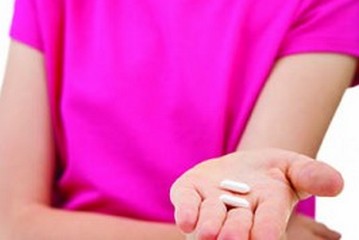Body Image Tip Sheets
Download Body Image Tip Sheet: English | Spanish
Negative body image is found in children of all ages, shapes and sizes!
- Discuss the definition of Body Image with your children. Have your children close their eyes and describe to you what they see when they look in a mirror. The image that they describe is the Body Image they have of themselves. Listen to your child’s response and remember not to pass judgement on what your child might be saying.
- Discuss consequences of having a negative body image and the benefits of a positive self-image.
- Reveal the reality behind the images that the media portrays. Discuss airbrushing techniques and manipulation through computer technology. Emphasize that what they see is the finished product that has been touched up over and over again.
- Have your children tell you how they think the looks that they see on TV or in ads were achieved? (Ex. diet, steroids, surgery) Discuss if the methods that they mention are healthy or unhealthy?
- Parents should praise other qualities about their children besides physical appearances. This will help kids value other characteristics that have nothing to do with physical appearances.
- Parents should model a healthy body image by making positive comments about themselves. Children began to develop a sense of body image as early as age five. Frequent comments about physical imperfections can pass on a negative message to your children.
- Encourage children to keep a positive comment journal. In this journal they should write one positive thing about themselves each day. This journal can be used to remind kids of all the positive characteristics they have.
- Encourage children to create their own sense of beauty.
- Explain that everyone has a different idea of what beauty is. What is beautiful to one person may not be to another. It is impossible to fit everyone’s definition of beauty, this is why creating your own sense of beauty is so important.














